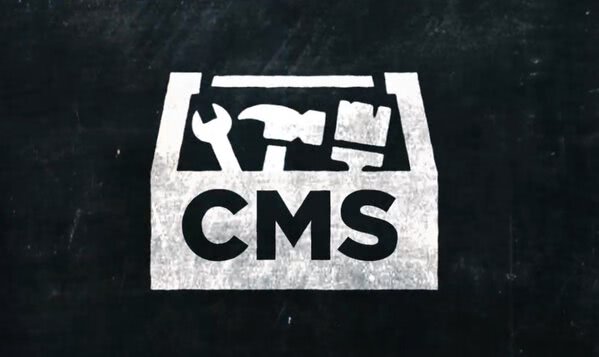All right. This concludes our series on mobile apps versus mobile websites. So what have we learned?
On the academic side of things, we got a little bit into the history of the internet and the worldwide web.
We also followed the genesis of the word "app". On a more practical level, we learned the same thing we always seemed to learn: consider your users.
Their needs will determine the choice of whether to recommend a mobile app or a mobile website.
In one case study, we found users who had limited time to make presentations, a strong need for legal compliance, as well as PDFs and videos that would play reliably. They only had one type of hardware to play them on, but they couldn't always count on having access to the internet. So an app was the answer for them.
In the other case, we had a client with a multitude of users speaking several languages, issued a variety of mobile desktop devices.
But one thing they had in common was a consistent access to a network. For them, a responsive website was the best bet. Different users, different needs.
We did come up with one fresh piece of advice: Be wary of sweeping statements and statistics when it comes to mobile users.
Most of them apply to consumers, but if you're not designing for a retail customer or a gamer, there's a very good chance that those stats don't apply to your enterprise users at all.
Here's an example. We're often warned the consumers tend to guard the resources on their personal computers and phones quite jealously.
So asking them to download and install an app is a request they may well balk at.
But in a business environment, when employees are told to download and install an app, they'll likely just go ahead and do it. So for these users, that barrier just doesn't exist.
My point is that you can find a statistic or web article to support almost any position.
The trick is determining if those facts and stats are relevant to your users, because those are the ones that matter.















